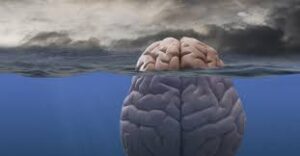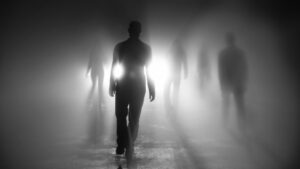Creating health… I will be extremely brief, though some may doubt that I can BE brief. Our health is the most evident aspect of our Personal Reality creation, for we create the rest of what we have been referring to as our Personal Reality Field. Now we ARE experiencing our physical body created through the template we choose before our birth. This template provided us with a body that holds “build in lessons for us to experience.
The lessons of the physical body are myriad and continue until our physical death. Yet on a basic level, relative to all other humans, if we are experiencing a happy, healthy mental environment, we may be in all probability co-creating with All That Is, a happy, healthy body. If we are entertaining negative thoughts of disease and low self-worth, we may be in all likelihood creating a body that will experience that level of disease. This happens unconsciously for the most part, this creation of healthy or non-healthy bodily conditions.
Sometimes though we can catch oneself responding to our own apparatus. For example: if we respond to a statement such as, “I’m catching a cold,” by saying to this person, “Yes, I’m catching a cold too,” you are creating the bodily conditions to receive the cold. This is material we have covered elsewhere and so I shall not digress.
Now there are those of us who are experiencing our current lives with challenges, such as a lack of arms, legs, various organs and so on. There are also some physical diseases that may seem to be ‘Beyond Healing.” Within our Third-Dimensional world, it is indeed thought to be impossible to grow a new limb or new organ, or to recover from a “terminal” illness. However, we are headed for a realization that All of the maladies and illnesses of humankind may be corrected through proper use of the imagination and the sacred powers of manifestation with All That Is.
In the Fourth Dimensional our thoughts will be instantly manifested into Reality Constructs without the lag-time in between that we currently experience in Third Dimensional Reality. Should we have self-created “incurable” illnesses and physical challenges, we may learn lessons through resolving these Soul issues with our powerful thoughts of healing. These are simply some of the more profound experiences that await us in the post-transition Fourth-Dimensional Reality.























































